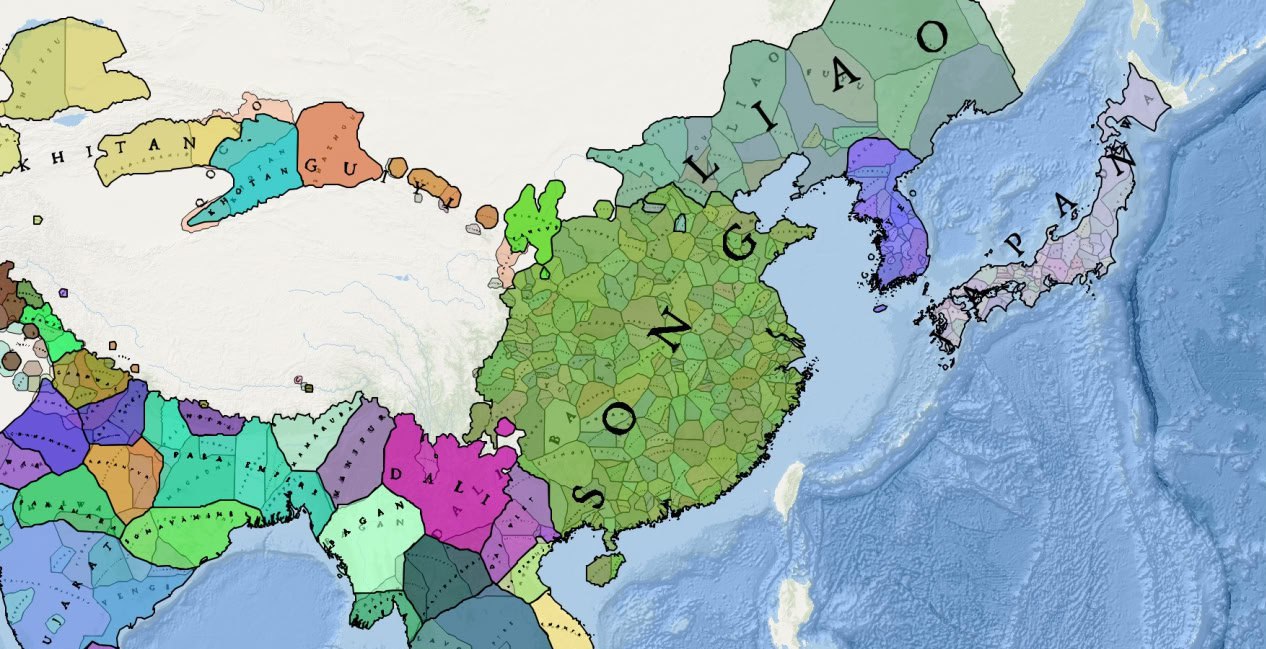Ontological Bridges: Fusing Archaeology, Digital Technology, and AI for a Comprehensive View of History
Investigating the past is often like piecing together an intricate puzzle with varied and sometimes missing pieces. To construct a comprehensive historical narrative requires an exploration of diverse evidence fragments, engaging multiple academic disciplines and methodologies. An intriguing question arises from this process: can the robust tools and techniques employed by one discipline, such as archaeology, be utilized effectively in a wider historical context? Furthermore, is it possible to marry this expanded, holistic approach with the emerging potential of digital technologies and artificial intelligence to create a more advanced and interconnected understanding of history? The answer could transform historical research, opening up new possibilities for discovery and interpretation in this field. “International Journal of Interactive Multimedia and Artificial Intelligence” in its special Issue on Artificial Intelligence Vol. 6, No. 5 of February 10, 2021 published the paper "The Semantics of History. Interdisciplinary Categories and Methods for Digital Historical Research”, in which the University of Barcelona’s interdisciplinary research team offers a promising approach to this fascinating challenge.
Enriching Historical Research: Integrating Units of Topography and Actor
Historical research has often been hindered by a lack of a unified framework for data integration across diverse disciplines. The paper claims that this challenge could be addressed by incorporating new concepts - Units of Topography (UT) and Actor (Ac) - to the existing archaeological standard, the Unit of Stratigraphy (US). While the US focuses on physical evidence, UT and Ac enable the identification of spatial, temporal and actor-related elements respectively, broadening the scope of investigation. This integration facilitates a more comprehensive construction of the past and encourages interdisciplinary collaboration in historical research, digital humanities, and historical data analysis.
Navigating the Digital Landscape: AI and Beyond
Despite the value of text encoding and labeling tools for written sources, a more encompassing approach is required to handle varied forms of historical evidence. The method proposed in the paper extends these tools to identify Units of Topography and Actors in diverse historical data, beyond just textual sources. Furthermore, with advancements in technology, data modeling, and artificial intelligence, certain aspects of research can be automated, speeding up the process while preserving the vital interpretive role of historians. The blend of traditional historical research methods, augmented by the proposed UT and Ac, and the use of advanced technology promises a more holistic and integrated approach to understanding history, claims the article. This includes new possibilities for semantic analysis of historical texts, machine learning in historical research, and even text mining historical archives.
Establishing a Lingua Franca for Historical Studies
The challenge of harmonizing various fields within historical studies is akin to untangling a metaphorical Gordian Knot, each strand representing a unique research area with its own language and methodologies. At first glance, the task might seem insurmountable: comprehending each research area's intricate nuances and finding a universal language that could cohesively bind them all.
However, counterintuitively, this challenge opens up an unprecedented opportunity for progress. As the complexities escalate, the value of AI-driven historical analysis as a potential equalizer becomes ever more prominent. While it's easy to dismiss AI as a mere tool, it may be the very counterweight needed to balance the scale.
AI, armed with its pattern recognition and data processing abilities, could play a transformative role in establishing this universal language. By systematically analyzing, categorizing, and drawing connections among diverse historical data, AI could uncover common threads that were previously hidden in the maze of academic language and methodologies. This prospect, however, should not distract from the importance of human intuition, interpretation, and expertise that may long remain irreplaceable in historical research.
The University of Barcelona’s team, therefore, doesn't merely suggest a blending of archaeological methods, digital technologies, and human expertise. Instead, it proposes a paradigm shift in the exploration of history, hinting at a future where the past is more accessible and better understood through the lens of digital history tools, historical data mapping, and AI-supported historical geography, without overshadowing the human element at its core. The process might be complex, but the goal makes it a compelling pursuit.









